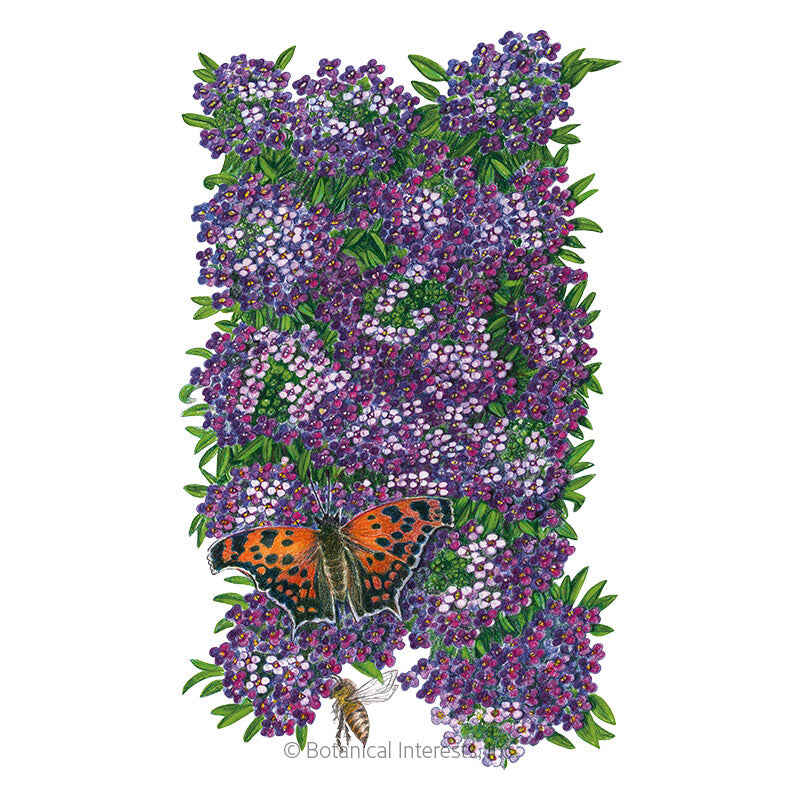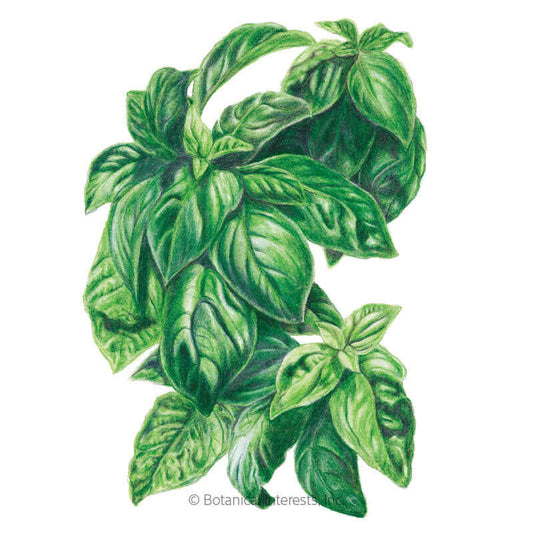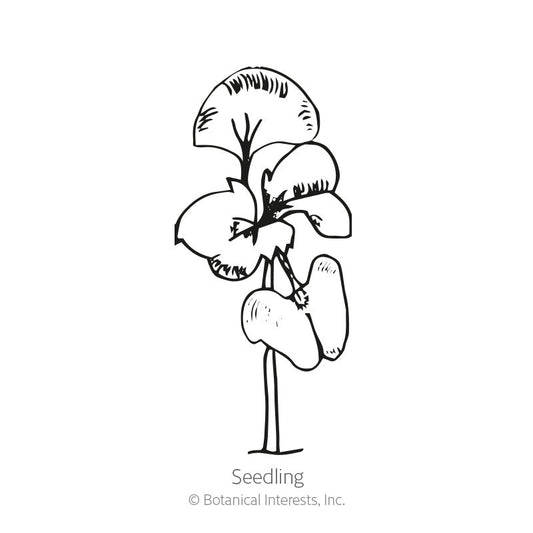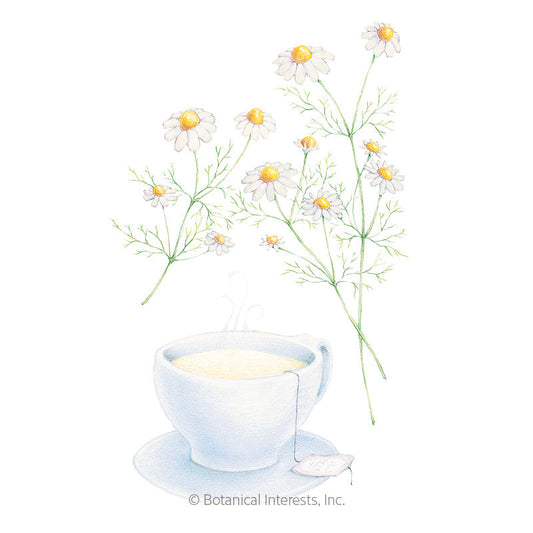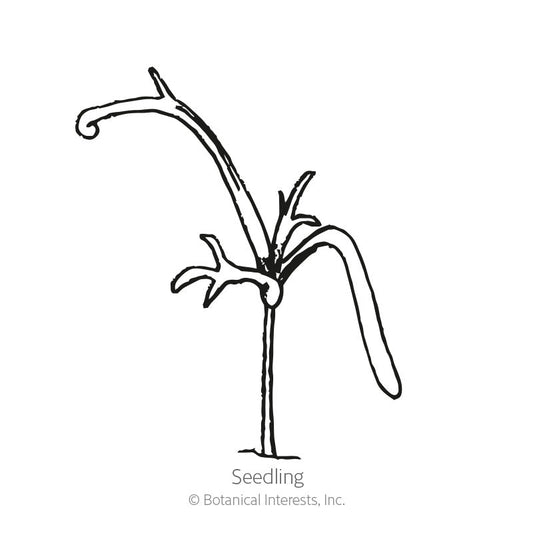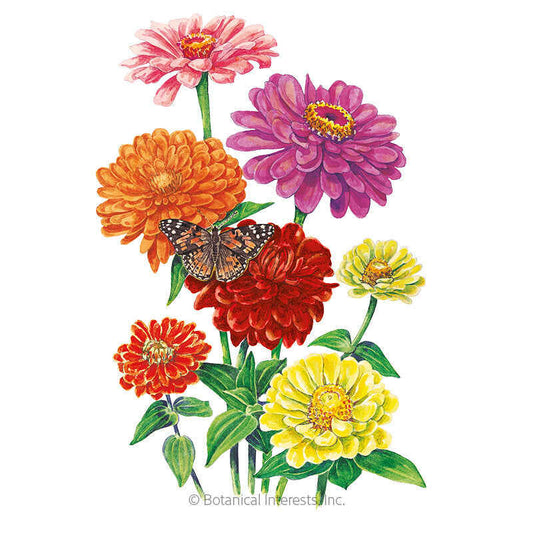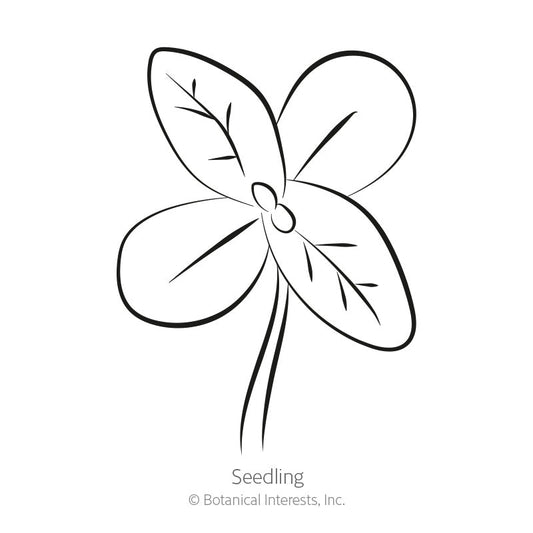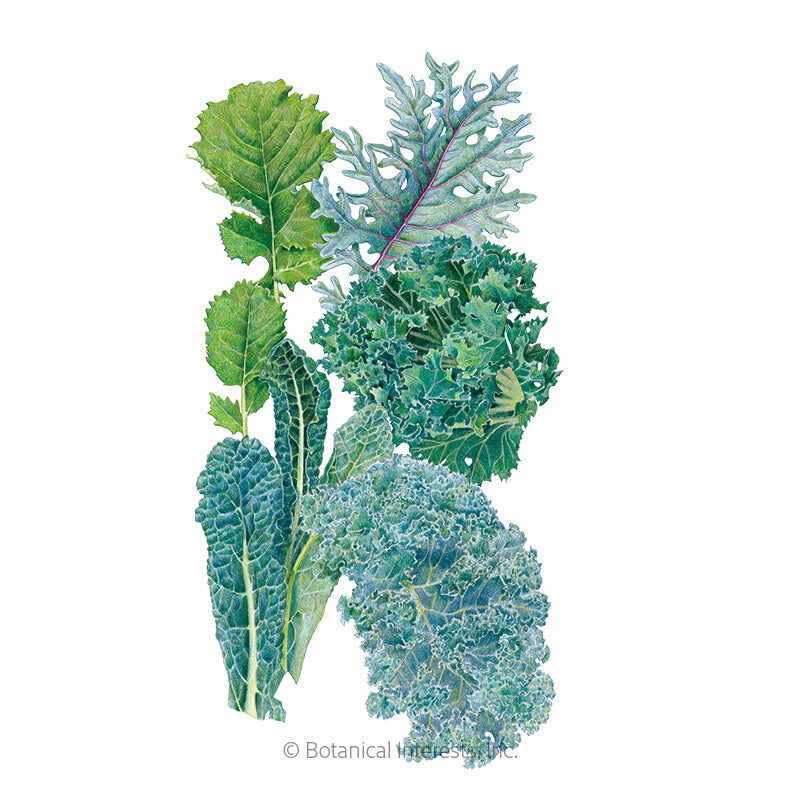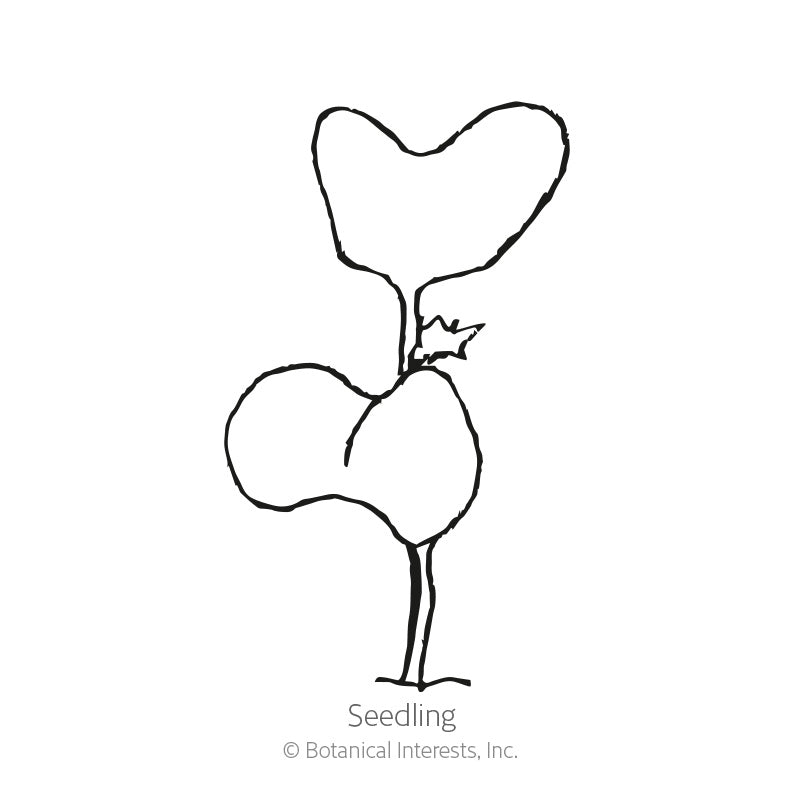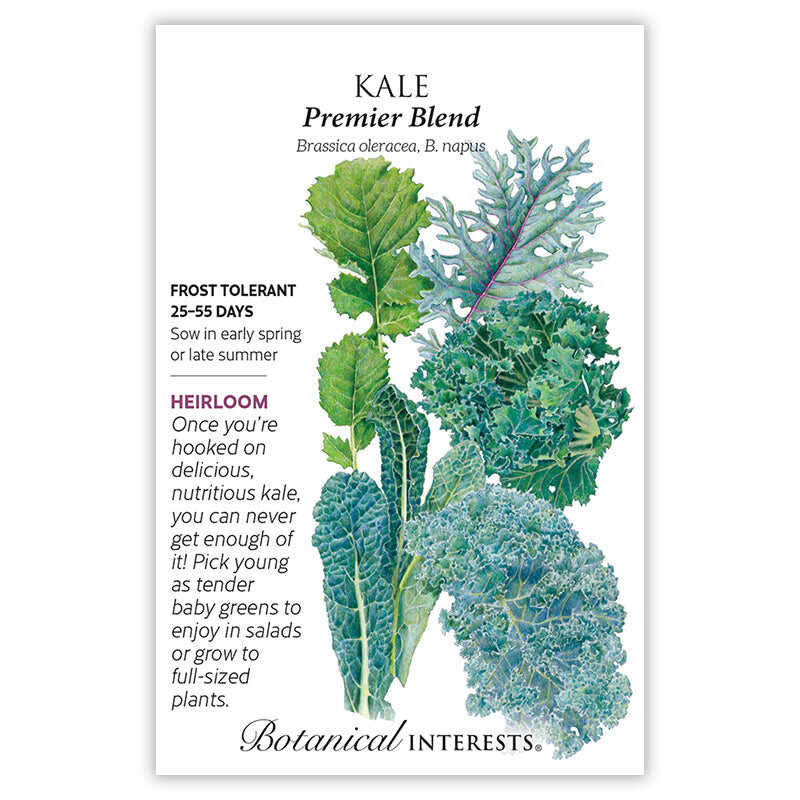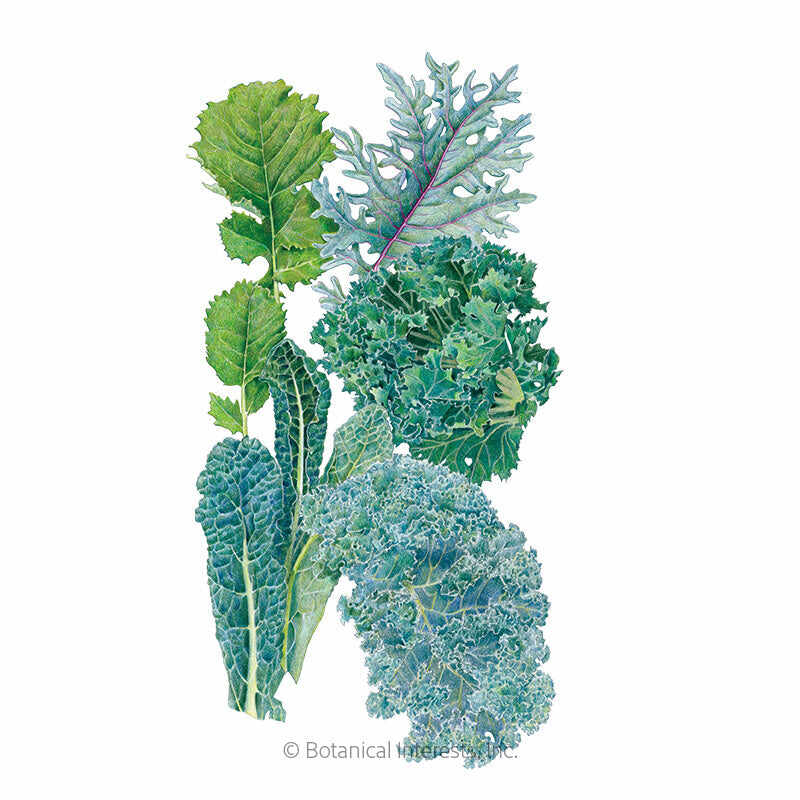
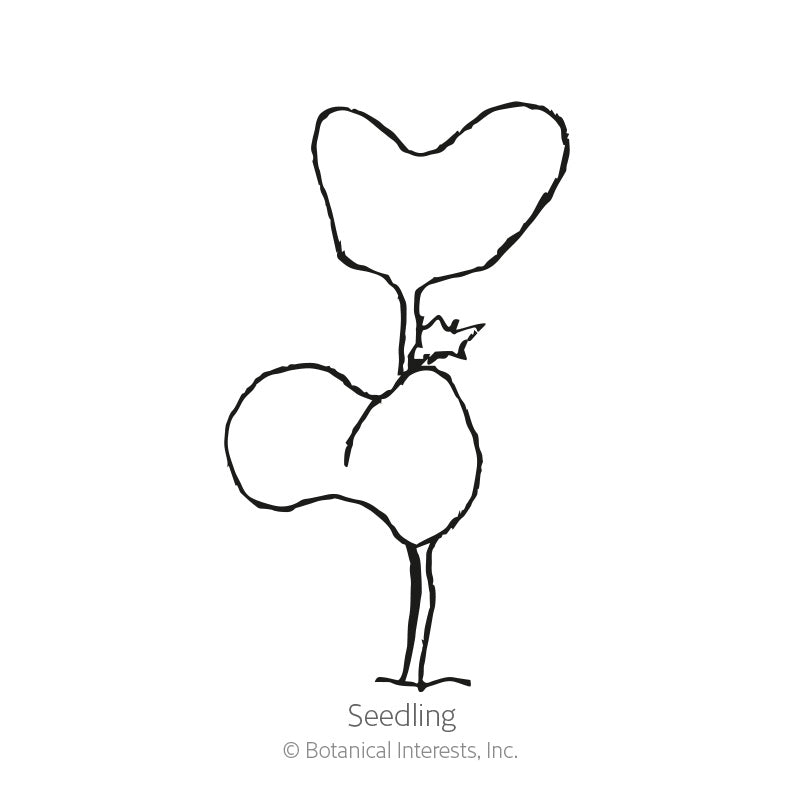
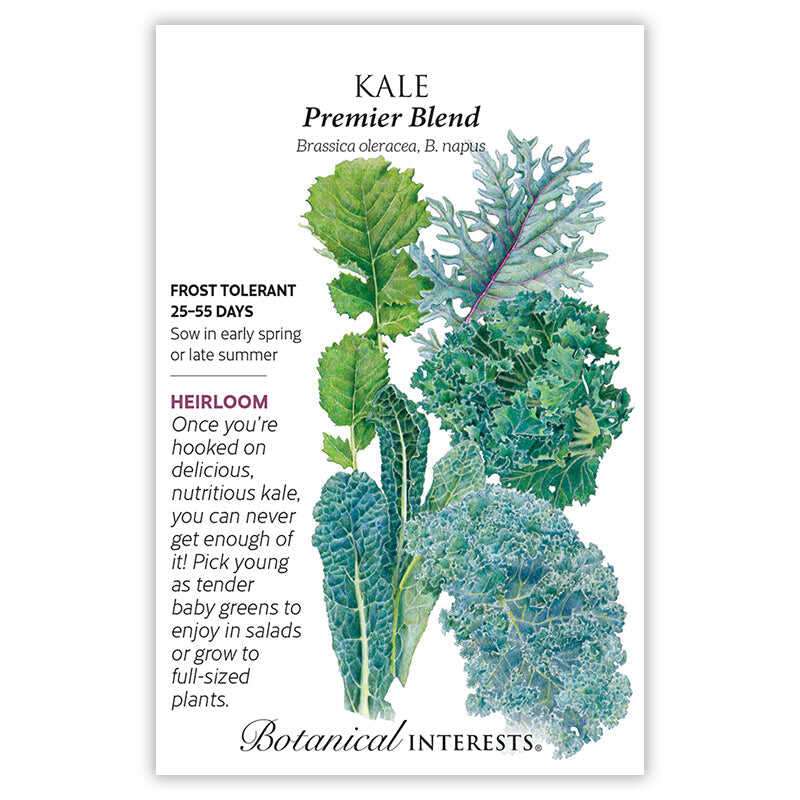
- Variety Info
- Sowing Info
- Growing Info
- Learn More
Variety Info
Days to Maturity: 25–55 days
Family: Brassicaceae
Native: Europe
Hardiness: Biennial grown as an annual, kale is very cold hardy and may overwinter in milder climates.
Exposure: Full sun
Plant Dimensions: If left to grow to maturity, the varieties in this mix will get up to 4' tall, but for baby greens should be picked at 2"–4".
Variety Info: DWARF BLUE CURLED': 12"-15" tall, bluish green leaves with curly, frilly edges. 'DWARF SIBERIAN IMPROVED': 12"-15" tall, deep green smooth, rippled leaves with coarsely curled edges. 'NERO TOSCANA' LACINATO: 24"-48" tall, strap like, blistered leaves with curled back edges are very dark blue-green, appearing almost black. Discovered in Tuscany, Italy. 'RED RUSSIAN': 24"-36" tall, flat, smooth, gray-green leaves with wavy margins. Veins and stems are reddish purple. Leaves turn red with cold temperatures. Originally from Siberia.
Attributes: Frost Tolerant

Sowing Info
When to Sow Outside: 1 to 2 weeks before your average last frost date, when soil temperature is above 45°F for spring/summer crop; 10 to 12 weeks before your average first fall frost date for fall crop; and in mild climates, fall for very early spring crop.
When to Start Inside: RECOMMENDED: 4 to 6 weeks before your average last frost date. For a fall crop, start 12 to 14 weeks before your average first fall frost date, transplanting after 4 to 6 weeks. Ideal soil temperature for germination is 65°–85°F.
Days to Emerge: 5–10 days
Seed Depth: ¼"
Seed Spacing: A group of 3 seeds every 18"
Row Spacing: 24"
Thinning: When 1" tall, thin to 1 every 18"
Your hardiness zone is
Growing Info
Harvesting: Outer leaves can be harvested as baby greens when 2"–3" tall, any time when full-sized beginning with the lowest, or the whole plant can be cut off at ground level at maturity. For fast regrowth, harvest up to only ⅓ of the plant at a time.
